repairing holes in composite decking
Learn how to repair holes in composite decking with step-by-step instructions and useful tips to maintain the integrity of your deck.
Repairing Holes in Composite Decking
Introduction
Composite decking has become increasingly popular due to its durability and low-maintenance requirements. However, like any material, it can develop issues over time, including holes caused by wear and tear or accidental damage. Repairing these holes is essential to maintain the aesthetic appeal and structural integrity of your deck. This article will explore various methods for repairing holes in composite decking, covering everything from material selection to post-repair maintenance.
Material Selection
The first step in repairing holes in composite decking is selecting the right materials. The most common repair method involves using a composite filler or patch kit specifically designed for this purpose. These kits usually come with a filler compound and a bonding agent. It’s crucial to choose a product that matches the color and texture of your existing decking to ensure a seamless repair. Additionally, consider the environmental conditions and the expected lifespan of the repair when selecting materials. For instance, products formulated for UV resistance might be preferable if your deck is exposed to direct sunlight (source: This Old House).
Preparation Steps
Before applying any filler or patch, it’s important to prepare the area around the hole properly. Start by cleaning the damaged area thoroughly to remove any dirt, debris, or old sealant. Use a wire brush or sandpaper to smooth out rough edges and create a clean surface for the filler to adhere to. If the hole is deep, you may need to fill it partially with a wood filler or similar substance before applying the composite filler. This helps to stabilize the area and provide a more solid base for the repair. Proper preparation ensures that the filler adheres well and lasts longer (source: Family Handyman).
Application Techniques
Once the area is prepared, apply the composite filler according to the manufacturer’s instructions. Typically, this involves mixing the filler with a bonding agent and applying it to the hole using a putty knife or similar tool. Ensure that the filler is applied evenly and slightly above the surface level to account for shrinkage during curing. Allow the filler to dry completely as specified by the product instructions, which can take several hours or even overnight. After drying, use fine-grit sandpaper to smooth the surface and blend it with the surrounding area. Finally, apply a sealer or finish to protect the repaired area and match it with the rest of the deck (source: Hunker).
Maintenance Tips
To ensure the longevity of your repaired composite decking, regular maintenance is essential. Keep the deck clean by sweeping away debris and rinsing it periodically with water. Avoid harsh chemicals that could damage the filler or the surrounding material. Inspect the deck regularly for signs of wear or new damage, and address any issues promptly to prevent them from worsening. Applying a sealer or stain every few years can also help protect the deck and maintain its appearance (source: Popular Mechanics).
Conclusion
Repairing holes in composite decking requires careful planning and execution. By selecting the appropriate materials, preparing the area correctly, and following proper application techniques, you can achieve a durable and aesthetically pleasing repair. Regular maintenance will help extend the life of your deck and keep it looking its best. With these tips in mind, you can confidently tackle minor repairs and enjoy your outdoor space for years to come.
Reference Literature
How to Repair a Composite Deck – This Old House
How to Fix Composite Decking – Family Handyman
How to Repair a Composite Deck – Hunker
How to Repair a Composite Deck – Popular Mechanics
Baoding Plastroy WPC Products
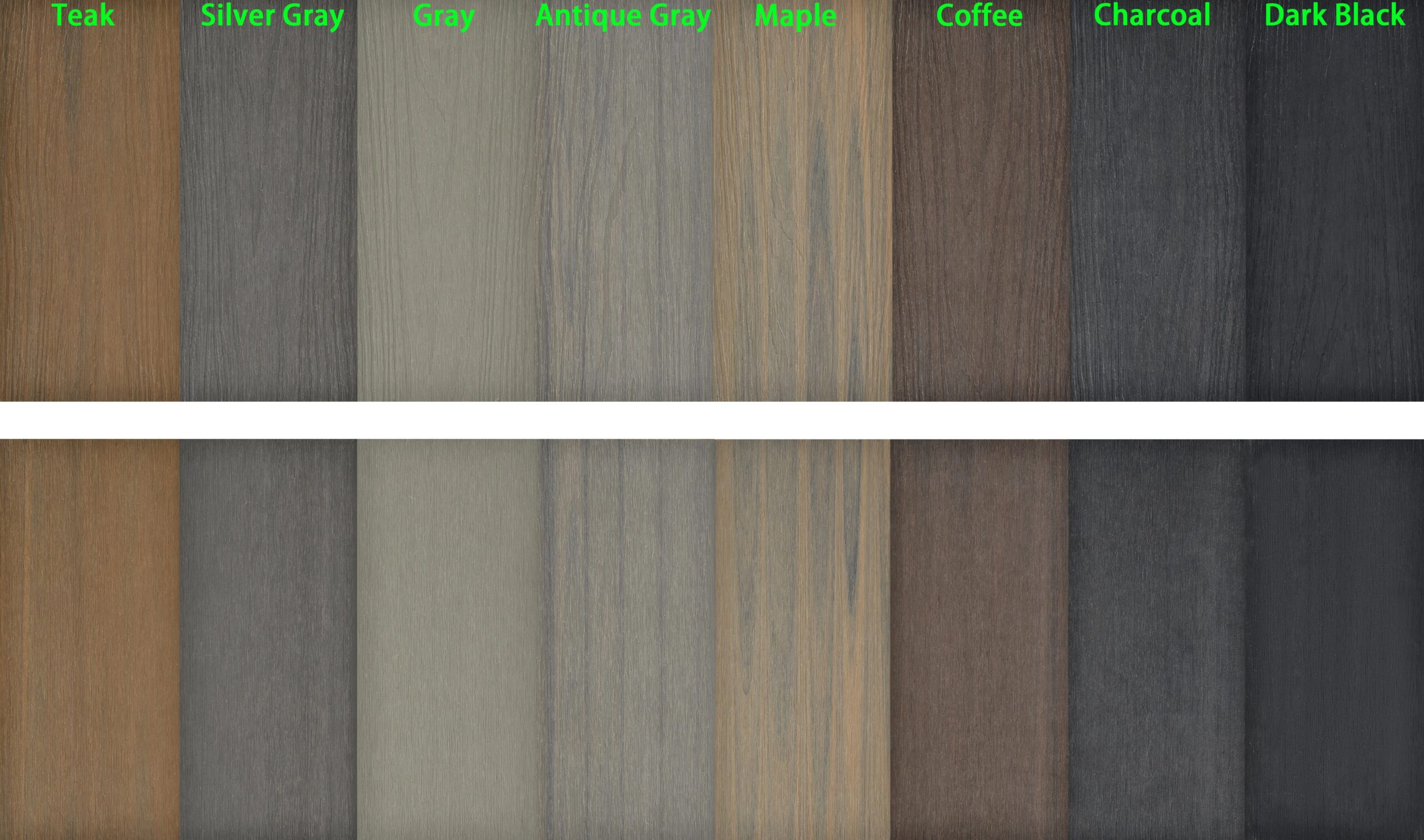
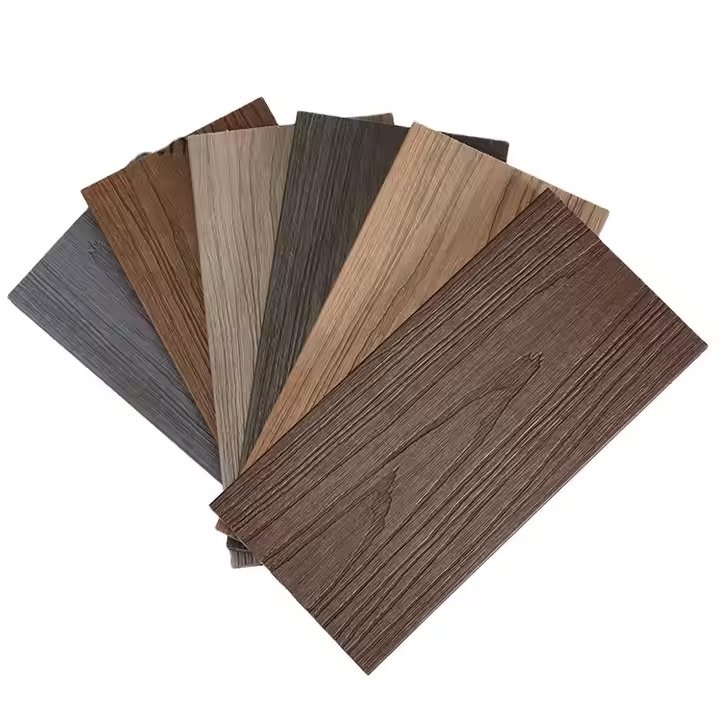
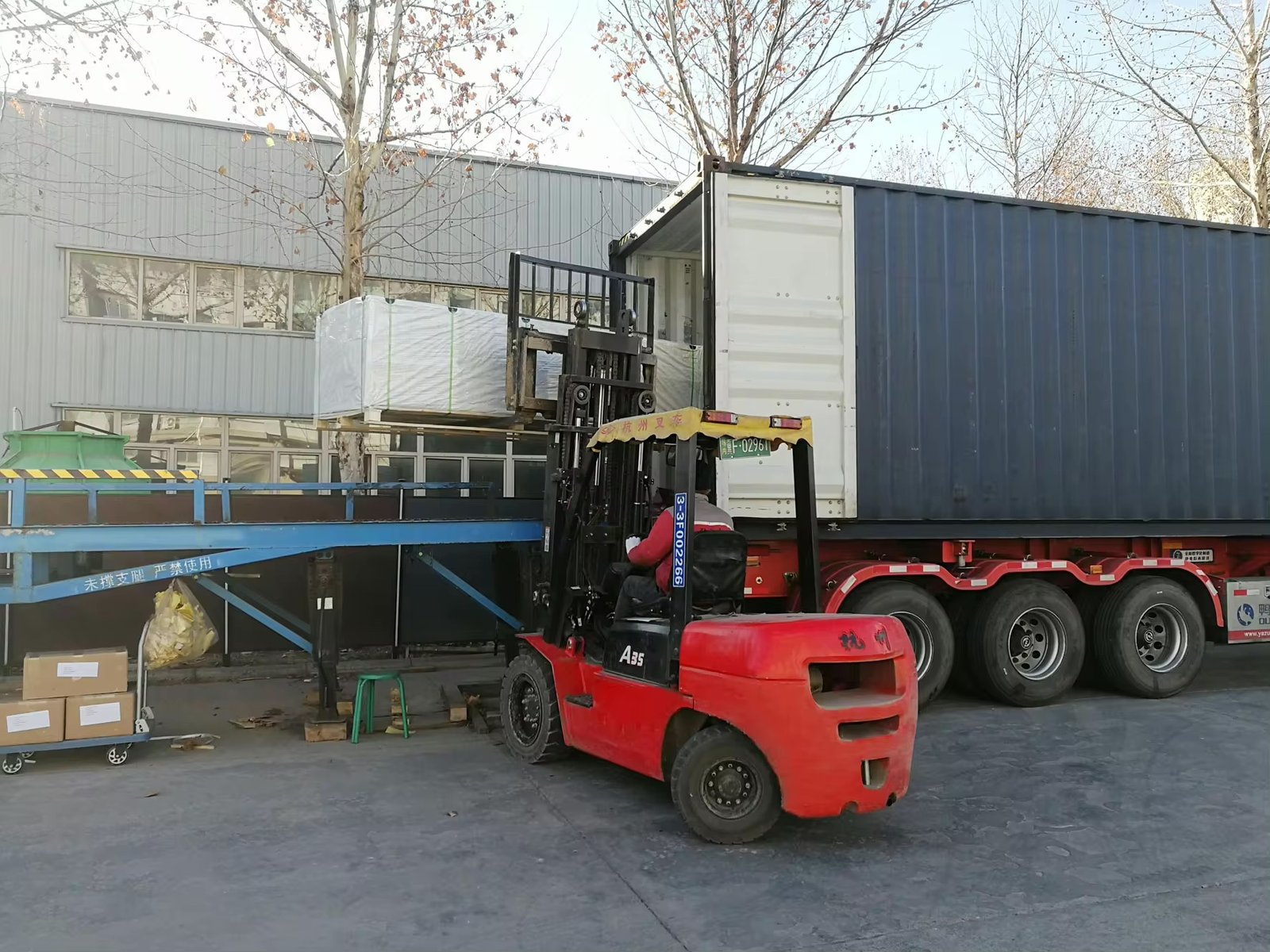
Why Choose Plastory?
Baoding Plastory New Materials Co., Ltd. is a manufacturer of decorative materials with over 9 years of experience and 56 separate production lines.
Currently, our annual production exceeds 30,000 tons, with products exported to more than 50 countries worldwide.
Plastory is the drafting unit of the WPC National Standards and has obtained certifications such as REACH, ASTM, CE, and FSC. Plastory is dedicated to maintaining consistent quality, focusing on details, and prioritizing customer satisfaction.
Our factory is located in Baoding, Hebei Province, China, with a prime location and convenient transportation access. Baoding is approximately a 1.5-hour drive from Beijing Capital International Airport and just 2 hours away from Tianjin Port, making it easy for global clients to visit and facilitating efficient shipping of goods. Our facility spans a large area, equipped with advanced production equipment and modern testing facilities to ensure that every batch of products meets the highest quality standards.
We warmly welcome clients from around the world to visit our factory, where you can see our production processes firsthand and experience our product quality. Please feel free to reach out to us—we are committed to providing you with the best products and services.
Kindly get in touch with us to request a product catalogue.

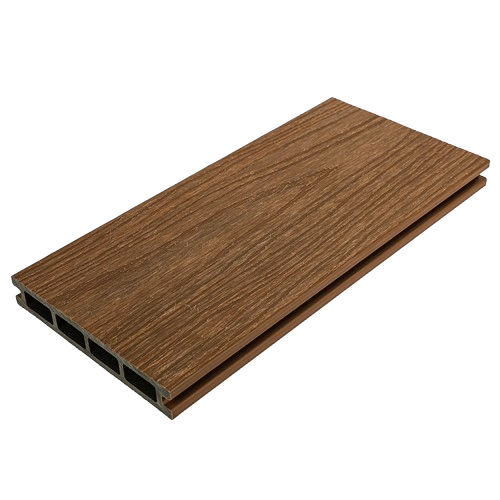
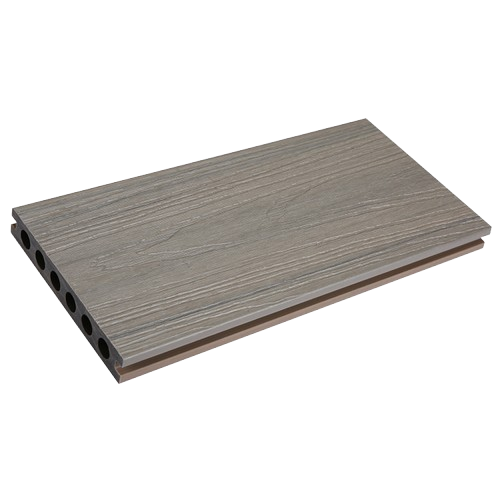
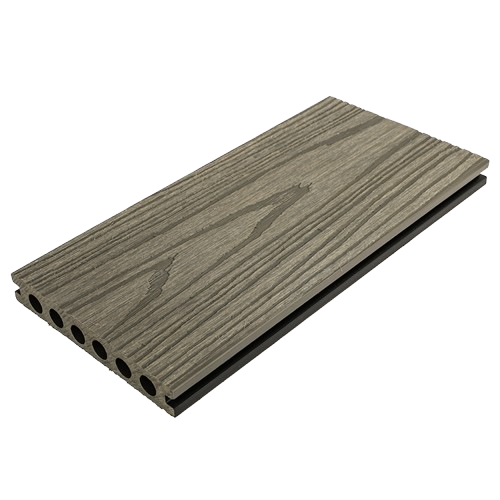
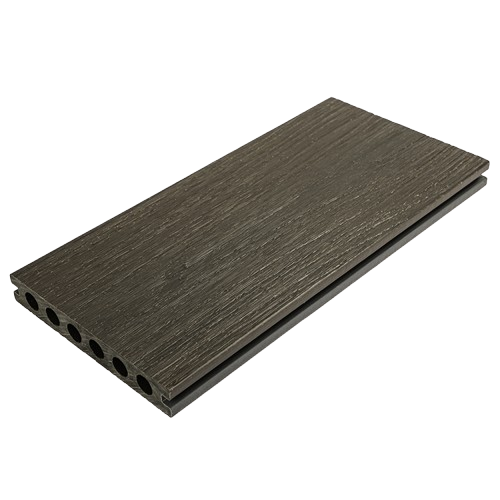
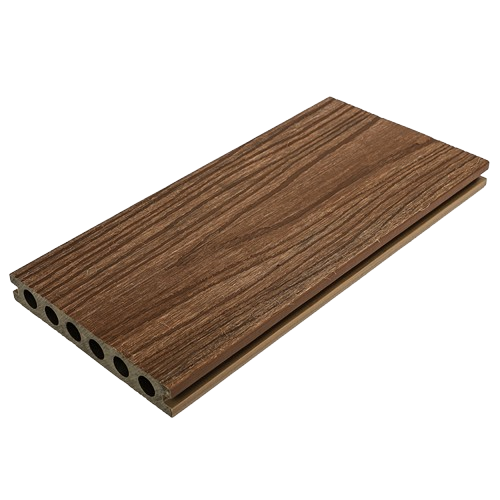
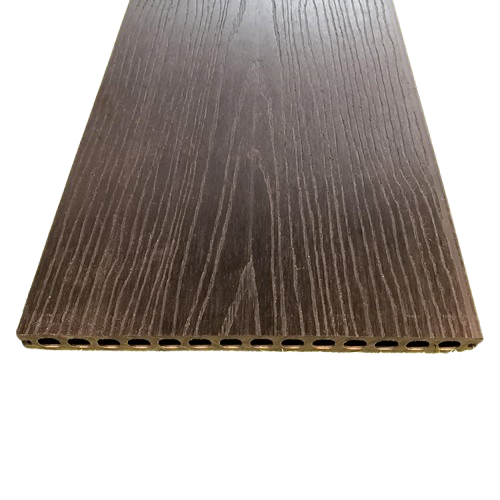
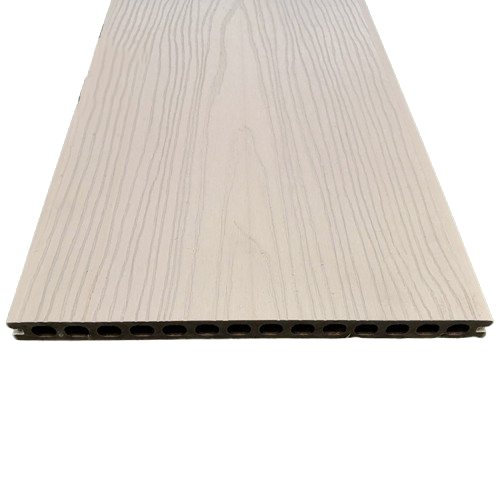


Reviews
There are no reviews yet.